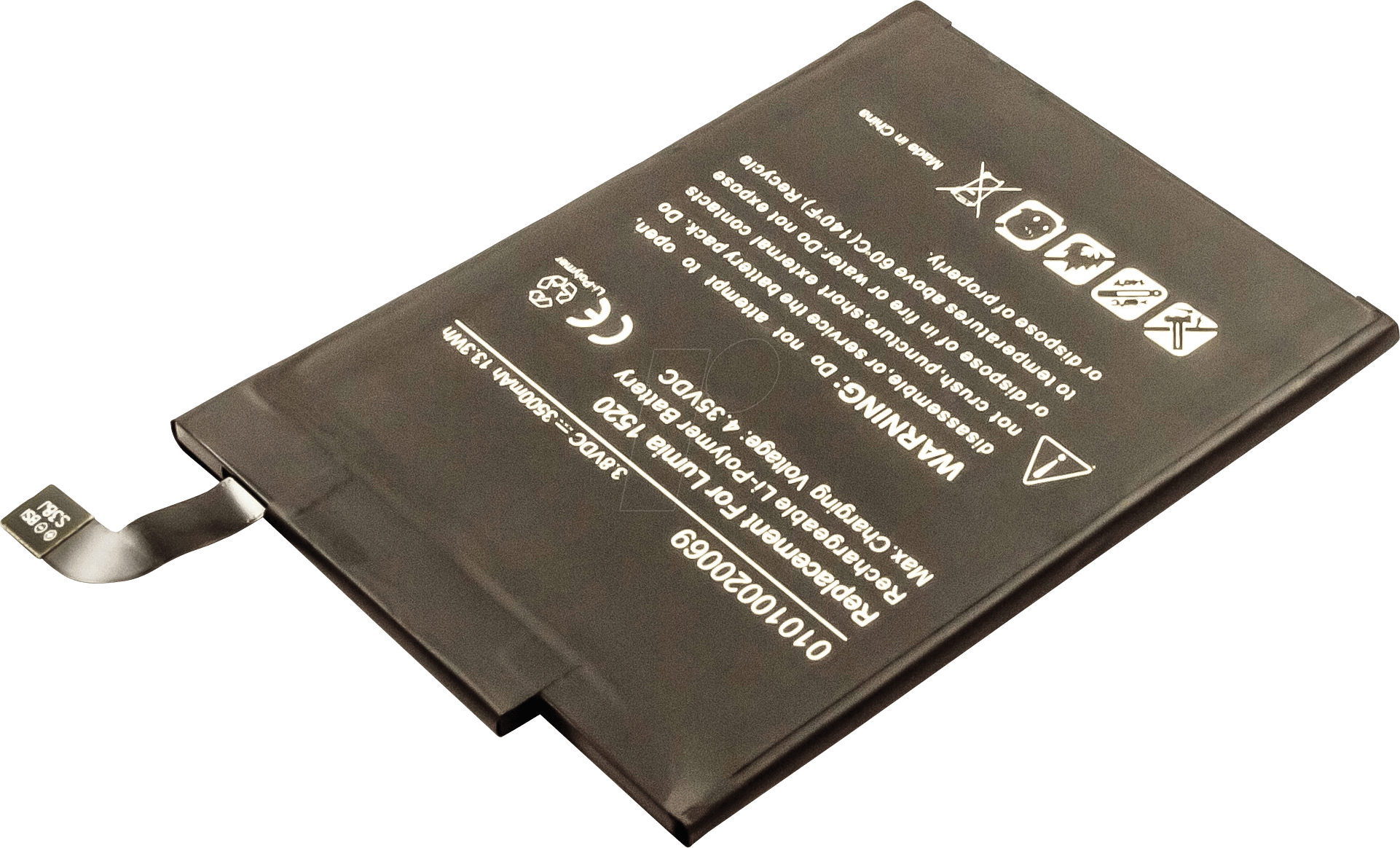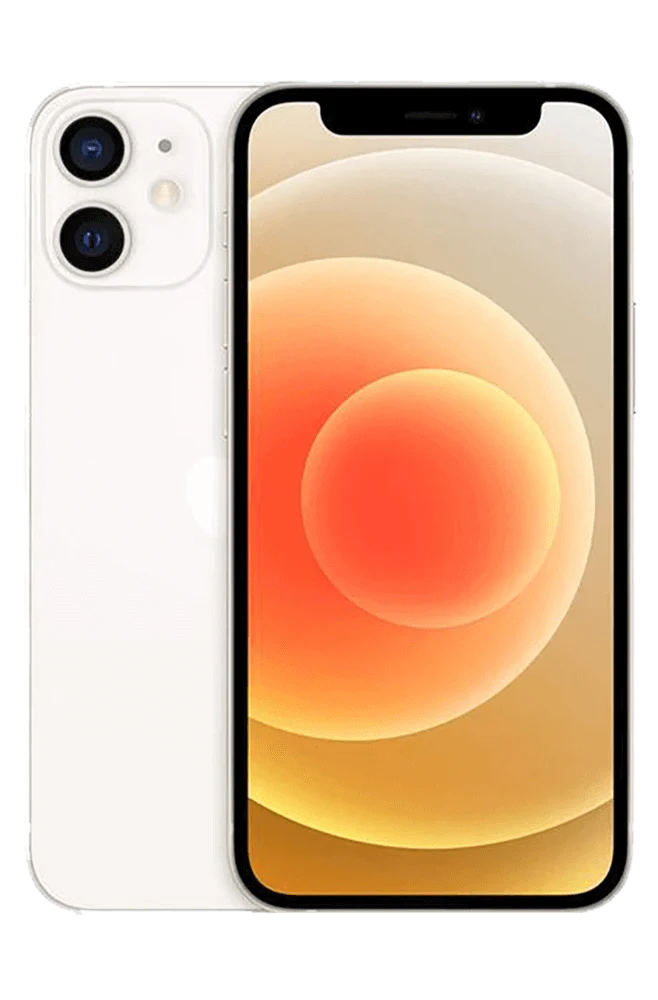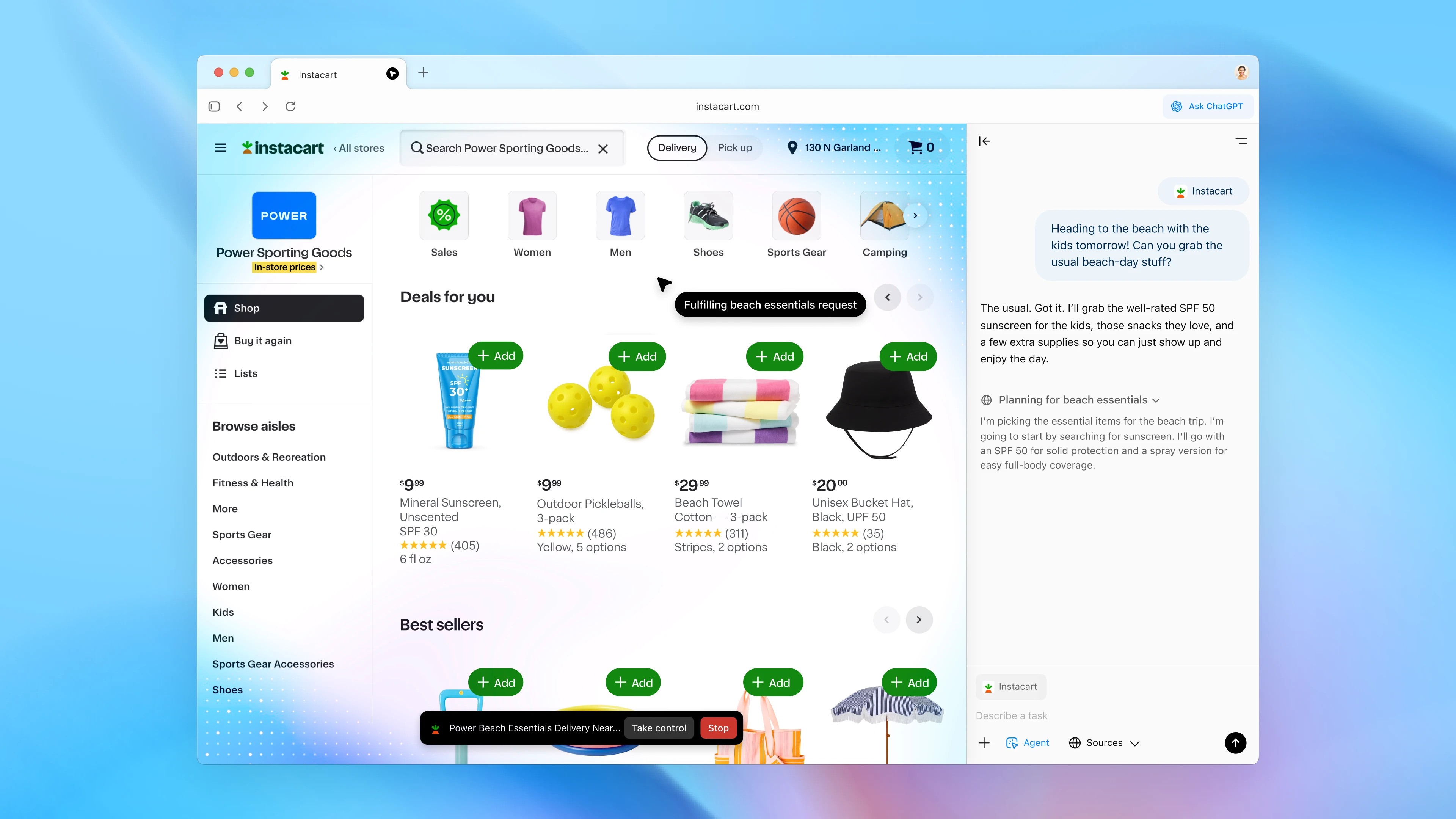In recent years, smartphones have become indispensable tools in our daily lives. With advancements in technology, users now expect their smartphones to deliver robust performance, extended battery life, and immersive experiences. However, small smartphones have gradually lost their appeal. In 2025, the practicality of compact phones is more questionable than ever. Several factors, ranging from hardware limitations to changing consumer demands, contribute to this shift.
Battery Life Limitations: A Major Setback

Modern users engage in power-intensive activities like streaming high-definition videos, gaming, and running multiple apps simultaneously. Such activities drain batteries quickly, and a small phone struggles to keep up. In contrast, larger smartphones can house batteries exceeding 5000mAh, easily supporting a full day’s usage. Users are increasingly prioritizing battery life, making small phones less practical.
Additionally, fast-charging technologies, though widespread, cannot entirely compensate for smaller battery capacities. Even with rapid charging, users still face the inconvenience of having to charge their phones more frequently.
Thermal Management Challenges in Compact Devices
Smartphones today are equipped with powerful processors capable of handling complex tasks, including gaming, video editing, and AI-driven applications. However, these processors generate significant heat, which must be dissipated effectively to prevent performance throttling and potential damage.
Larger smartphones have the advantage of incorporating advanced cooling systems like vapor chambers and graphite layers. These cooling solutions help maintain optimal temperatures, ensuring sustained performance. Small phones, due to space constraints, cannot accommodate such elaborate cooling systems. As a result, they are more prone to overheating, which leads to throttled performance during intensive tasks. This thermal limitation makes compact phones unsuitable for users who demand high performance.
Connectivity and Antenna Design Limitations
The era of 5G connectivity and Wi-Fi 7 requires smartphones to be equipped with multiple antennas to ensure stable and fast connections. Proper antenna placement is crucial for optimal performance, especially when dealing with high-speed data transfers and low-latency communications.
Small smartphones face inherent design challenges when incorporating these antennas. The limited internal space restricts optimal antenna placement, potentially leading to weaker signal reception and slower data speeds. In larger devices, manufacturers have the flexibility to position antennas in a way that minimizes interference and maximizes connectivity performance. For users who rely on seamless internet connectivity for streaming, video calls, and online gaming, small phones fall short.
Software and Application Optimization

Modern applications are increasingly designed to leverage larger screens. From productivity tools to entertainment apps, developers prioritize user interfaces that take advantage of more substantial display real estate. Features such as split-screen multitasking, picture-in-picture mode, and enhanced media editing tools are more practical on larger displays.
Small smartphones, with their limited screen space, struggle to provide the same user experience. The compact display often results in cramped layouts and less intuitive navigation. For users who consume media, work on the go, or play games, a larger screen offers a more immersive and productive experience. As developers continue to optimize apps for larger devices, the relevance of small phones further diminishes.
You might also like : Top Free Firewall Software for Windows
Market Dynamics and Consumer Preferences
Consumer preferences have shifted dramatically in recent years. Users now view smartphones as all-in-one devices for communication, entertainment, and productivity. Larger smartphones cater to these needs more effectively by offering superior displays, larger batteries, and enhanced performance.
The declining demand for small smartphones has prompted manufacturers to shift their focus. For example, Apple discontinued its iPhone 13 Mini due to underwhelming sales. Similarly, other major brands have reduced their offerings in the compact segment, instead prioritizing devices with larger displays. This lack of market interest translates to fewer innovations in the small phone category, further reducing their appeal.
Moreover, the rise of foldable smartphones offers a compelling alternative. Foldables provide the benefits of a large display while maintaining portability. This innovation directly competes with the compact phone segment, offering users the best of both worlds without compromising on performance or battery life.
Changing User Behavior and Media Consumption Patterns
User behavior plays a crucial role in determining smartphone trends. In 2025, media consumption is at an all-time high. Users spend hours watching videos, scrolling through social media, and participating in video conferences. These activities are more enjoyable and practical on larger screens, where content can be viewed more comfortably.
Additionally, smartphones have become essential tools for content creation. High-resolution cameras, video editing apps, and social media platforms have empowered users to produce professional-grade content directly from their devices. Larger smartphones offer better control and visibility during content creation, something small phones cannot match due to their limited display area.
The Foldable Revolution: A New Alternative

Foldable smartphones are gaining traction, offering an ideal balance between compactness and functionality. Devices like the Samsung Galaxy Z Fold series provide expansive screens when unfolded while remaining pocket-friendly when closed. This innovation addresses the portability issue without sacrificing performance, battery life, or display size.
Foldables are positioned to replace the compact phone segment entirely, offering users the versatility they desire. With improvements in durability and reduced costs, foldable phones are becoming more accessible, further diminishing the demand for small smartphones.
Conclusion: Small phones in 2025
While small smartphones once catered to users who valued portability and one-handed use, the landscape in 2025 has changed dramatically. Today’s users demand devices that can support extensive media consumption, productivity, and high-performance applications.
Small phones fall short in critical areas such as battery life, thermal management, connectivity, software compatibility, and market support. The rise of foldable smartphones and shifting consumer preferences towards larger displays have further marginalized compact devices.
In conclusion, while small smartphones may still have a niche audience, they no longer represent a practical choice for the majority of users in 2025. The smartphone market is moving towards larger, more capable devices that better align with contemporary user needs and technological advancements.



